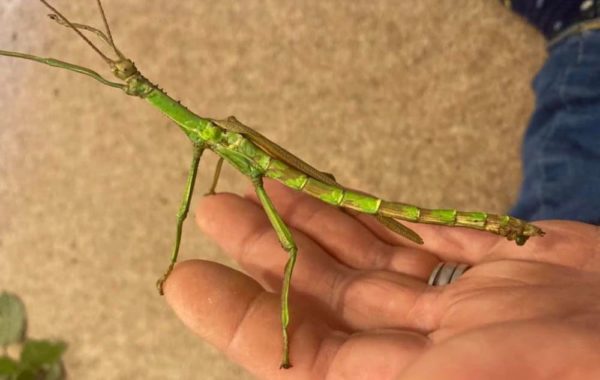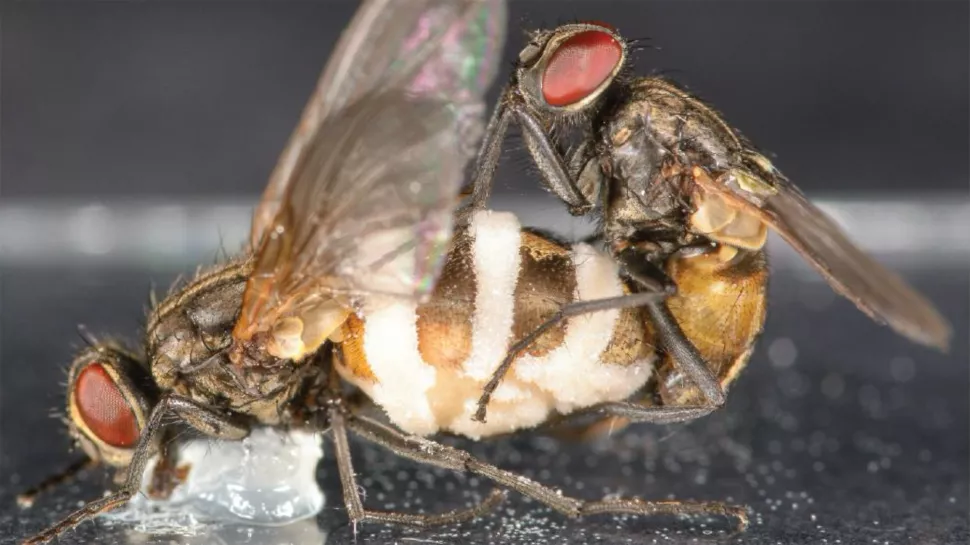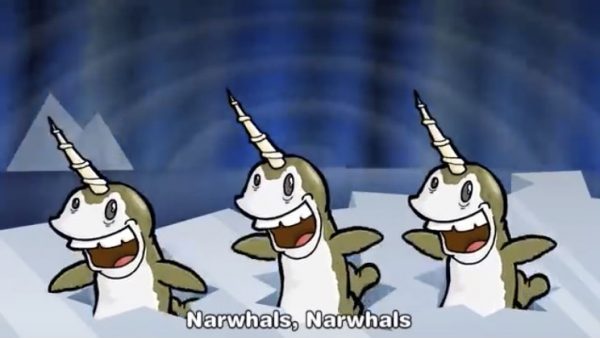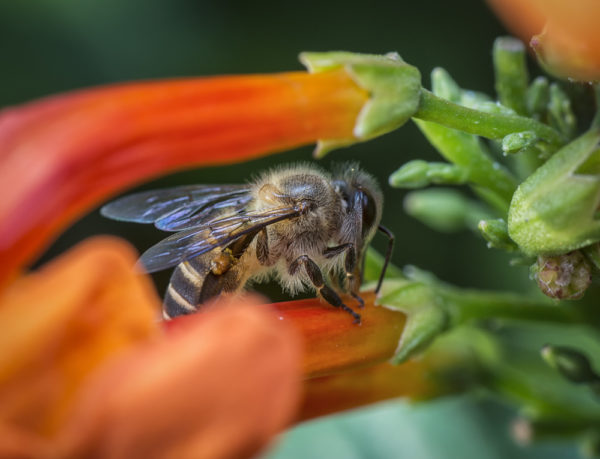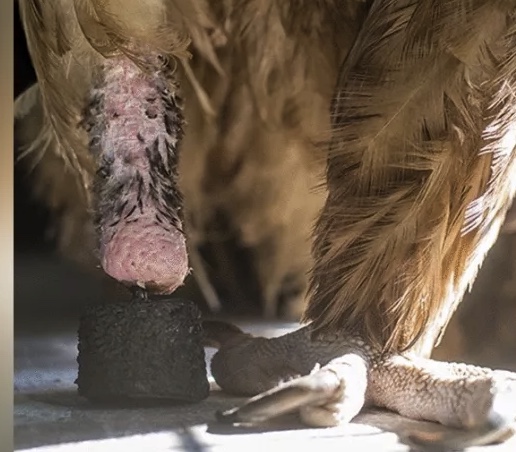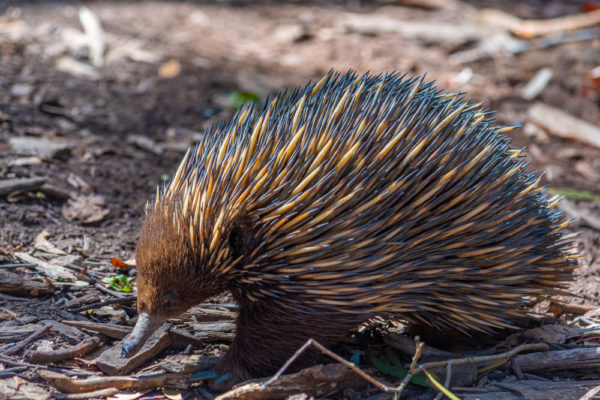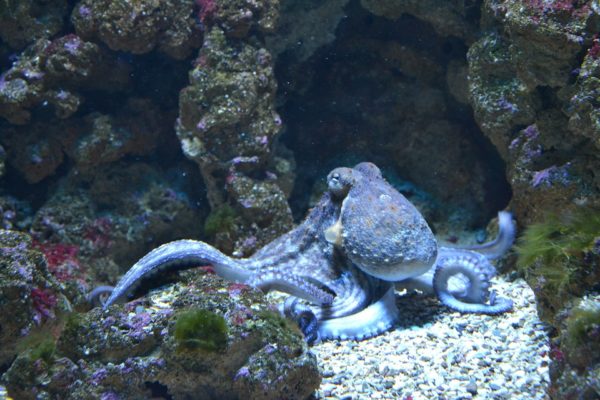SCIENCE: There’s an Intersex Stick Insect, And Their Name is Charlie
London’s Natural History Museum has confirmed that the first known dual-sex stick insect has been discovered – and their name is Charlie. Charlie is a green bean stick insect, or Diapherodes gigantea, who belongs to stick insect breeder Lauren Garfield who lives in Waldringfield, Suffolk. Garfield shared photos of Charlie to her Facebook page, and said that she had “accidentally” bred a “gynandromorphic” stick insect. Full Story from Pink News



